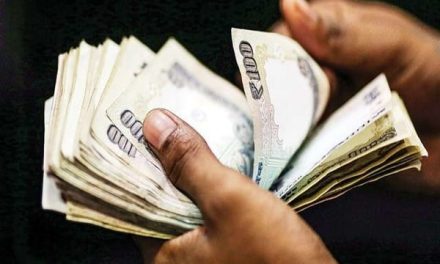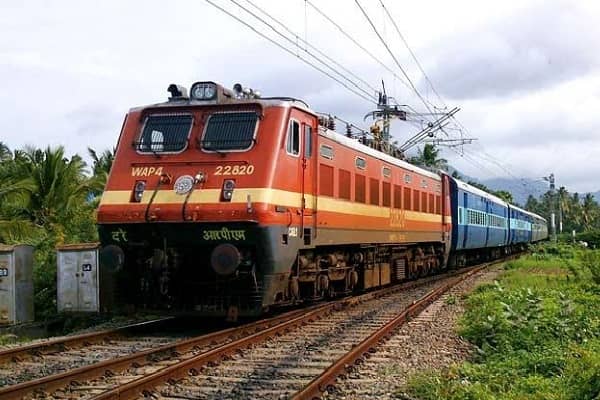Reserve Bank of India (RBI) Monetary Policy Committee on Friday decided to hold key policy rates unchanged at existing levels amid high inflation, said Governor Shaktikanta Das. Three new external members in the panel voted in today’s decision.
“Monetary Policy Committee (MPC) voted unanimously to keep the policy Repo rate unchanged at 4%. MPC also decided to continue with the accommodative stance of monetary policy as long as necessary at least through the current financial year & next year,” said RBI Governor Shaktikanta Das.
This was the first meeting of the new MPC which was formed after the appointment of three eminent economists – Jayant Verma, Ashima Goyal, and Shashanka Bhide.
Here are the latest updates:
Manufacturing purchasing managers’ index (PMI)rose to 56.8 for September 2020, highest since January 2012: Shaktikanta Das
*From December, Real Time Gross Settlement (RTGS) to be available round the clock, says Das.
*The RBI stands ready to undertake further measures as necessary to assure market participants of access to liquidity and easy finance conditions: Shaktikanta Das
*Real GDP expected to decline by 9.5% with risks tilted towards the downside, announces Das.
*Modest recovery in 1st half of the year could further strengthen in 2nd half; economic activity to gain traction in Q3, says Das.
GDP growth may break out of contraction and enter the positive zone by Q4 of the current fiscal, says Shaktikanta Das
*Inflation likely to ease to projected target by Q4 of FY’21, says RBI Guv
*Focus must shift from containment to reviving the economy, says Das
*Inflation to decline in next 3 months, to ease closer to target by Q4, 2021: RBI governor
*Repo and reverse repo rate to stay unchanged at 4% and 3.35% respectively, announces RBI governor Das.
Definition of ‘Repo rate’
Definition: Repo rate is the rate at which the central bank of a country (Reserve Bank of India in case of India) lends money to commercial banks in the event of any shortfall of funds. Repo rate is used by monetary authorities to control inflation.
Description: In the event of inflation, central banks increase the repo rate as this acts as a disincentive for banks to borrow from the central bank. This ultimately reduces the money supply in the economy and thus helps in arresting inflation.
The central bank takes the contrary position in the event of a fall in inflationary pressures. Repo and reverse repo rates form a part of the liquidity adjustment facility.
Mean-while, India has reported more recovery than fresh cases of Covid-19 in the past three weeks. This is the first sustained decline in the number of active Covid-19 cases in India. September 17, according to data on Covid19india.org, is the turnaround date. India has seen only five days of an increase in Covid-19 cases since then (as of October 8).
On a month-on-month basis, (September 8-October 8), the number of active Covid-19 cases has reduced by almost 4,000. The maximum caseload was on September 17, when India had over 10.17 lakh active Covid-19 cases. It came down below 10 lakh on September 21 and now it is less than 9 lakh.
Overall, India has achieved a recovery rate of over 85 percent. The COVID-19 fatality rate has dropped to 1.54 percent, the Union health ministry said on Friday. This translates into the active caseload due to Covid-19 at a little over 13 percent. India currently is the second-worst affected country due to Covid-19. As of Friday morning, the Covid-19 caseload stood at over 69 lakh in India, which saw a rise of 70,496 fresh coronavirus infections in the last 24 hours. Over 59 lakh Covid-19 patients have recovered from the illness. A total of 1,06,490 Covid-19 patients lost their lives in India, 971 of them in the last 24 hours as on Friday morning.











